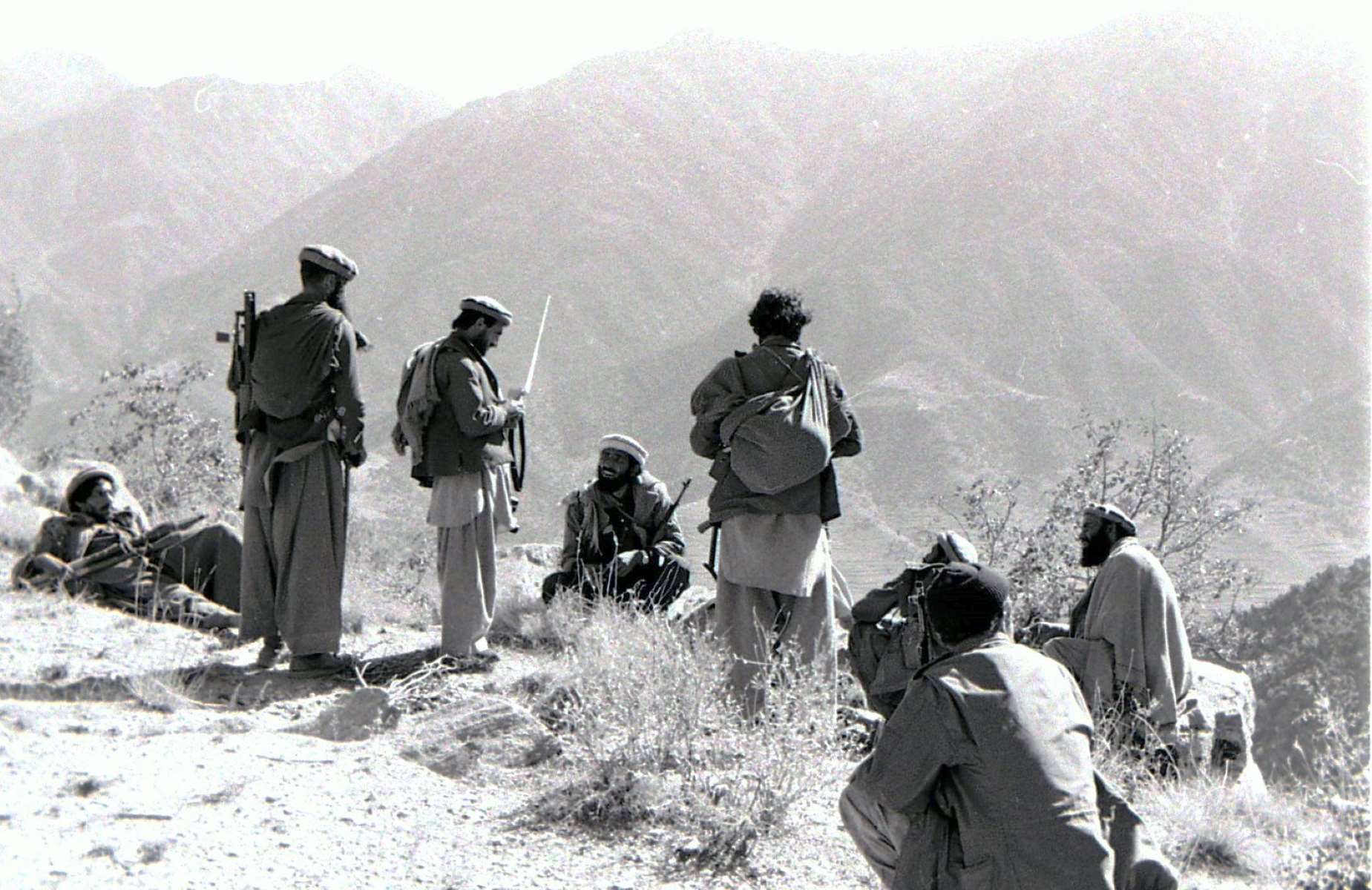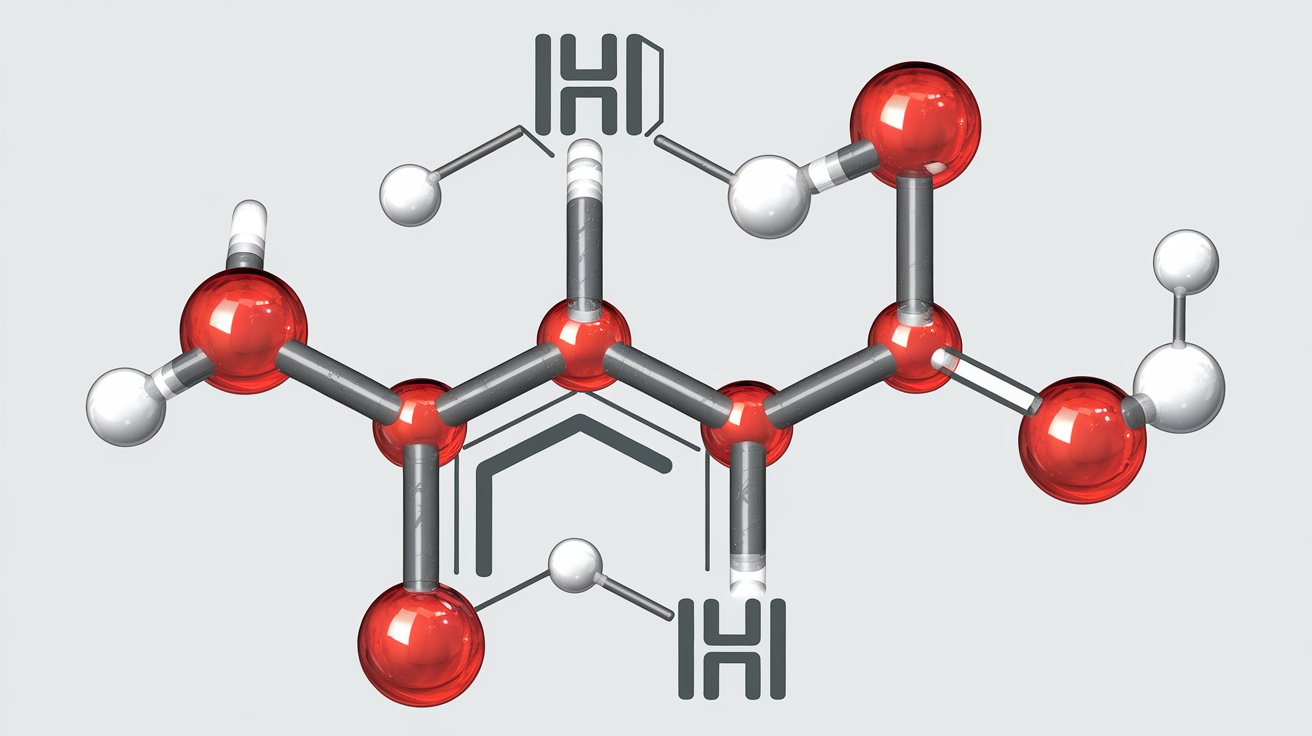
Why did the Soviet Afghan War happen? The Soviet Afghan War began in 1979 when the Soviet Union invaded Afghanistan to support the struggling communist government against insurgent groups. These insurgents, known as the Mujahideen, were fiercely opposed to the Soviet-backed regime. The Soviets aimed to stabilize the government and maintain their influence in the region. However, the Mujahideen received substantial support from the United States, Pakistan, and other countries, turning the conflict into a proxy war during the Cold War era. This brutal war lasted nearly a decade, causing immense suffering and leaving a lasting impact on Afghanistan and the world.
Key Takeaways:
- The Soviet-Afghan War, lasting from 1979 to 1989, shaped global politics and led to the rise of the Taliban, impacting Afghan society for decades.
- The conflict highlighted the challenges of foreign intervention, the importance of understanding local cultures, and the long-term consequences of war on civilians and infrastructure.
The Beginning of the Soviet-Afghan War
The Soviet-Afghan War, which lasted from 1979 to 1989, was a significant conflict that shaped the geopolitical landscape of the late 20th century. Here are some fascinating facts about this war.
-
The war began on December 24, 1979, when Soviet troops invaded Afghanistan to support the communist government against insurgent groups.
-
The conflict was part of the Cold War, with the United States and its allies supporting the Afghan mujahideen fighters against the Soviet forces.
-
The Soviet Union deployed around 100,000 troops to Afghanistan at the height of the conflict.
Key Players and Strategies
Understanding the main actors and their tactics provides insight into the complexity of the war.
-
The Afghan mujahideen were a diverse group of fighters, including various ethnic groups and political factions united against the Soviet invasion.
-
The United States, Pakistan, China, and Saudi Arabia provided significant financial and military support to the mujahideen.
-
The CIA's Operation Cyclone was one of the longest and most expensive covert operations, aimed at arming and training the Afghan resistance.
Impact on Civilians
The war had devastating effects on the Afghan population, leading to widespread suffering and displacement.
-
Approximately 1 million Afghan civilians were killed during the conflict.
-
Over 5 million Afghans fled the country, seeking refuge in Pakistan and Iran.
-
The war caused extensive destruction of Afghan infrastructure, including homes, schools, and hospitals.
The Role of Technology and Warfare
The conflict saw the use of various advanced technologies and tactics that influenced modern warfare.
-
The Soviet Union used helicopter gunships, particularly the Mi-24 Hind, to target mujahideen fighters.
-
The mujahideen effectively used Stinger missiles, supplied by the United States, to shoot down Soviet aircraft.
-
Landmines were extensively used, leading to long-term dangers for Afghan civilians even after the war ended.
International Reactions and Consequences
The global response to the Soviet-Afghan War had lasting implications for international relations.
-
The United Nations General Assembly repeatedly called for the withdrawal of Soviet troops from Afghanistan.
-
The war strained the Soviet Union's economy, contributing to its eventual collapse in 1991.
-
The conflict heightened tensions between the United States and the Soviet Union, further intensifying the Cold War.
The End of the War
The conclusion of the Soviet-Afghan War marked a significant turning point in Afghan history and global politics.
-
The Geneva Accords, signed in 1988, laid the groundwork for the withdrawal of Soviet troops from Afghanistan.
-
The last Soviet soldier left Afghanistan on February 15, 1989, marking the official end of the Soviet-Afghan War.
-
Despite the Soviet withdrawal, Afghanistan continued to experience civil war and instability for many years.
Long-term Effects on Afghanistan
The war's aftermath left a lasting impact on Afghanistan, shaping its future in profound ways.
-
The conflict led to the rise of the Taliban, who eventually took control of Afghanistan in the mid-1990s.
-
Many mujahideen fighters later joined or supported extremist groups, including al-Qaeda.
-
Afghanistan's economy and infrastructure were severely damaged, hindering development for decades.
The Human Cost
The human toll of the Soviet-Afghan War was immense, affecting millions of lives.
-
Many Soviet soldiers suffered from PTSD and other psychological issues after returning home.
-
Afghan veterans of the war, known as mujahideen, faced challenges reintegrating into society.
-
The war left a generation of Afghans traumatized and struggling with the loss of loved ones.
Cultural and Social Impact
The war also had significant cultural and social repercussions, influencing Afghan society and beyond.
-
Afghan literature and art from this period often reflect themes of war, loss, and resilience.
-
The conflict brought international attention to the plight of Afghan women and children.
-
The war fostered a sense of unity among diverse Afghan ethnic groups, despite ongoing internal conflicts.
The Role of Media
Media coverage played a crucial role in shaping public perception of the war.
-
Western journalists often highlighted the bravery of the mujahideen, portraying them as freedom fighters.
-
Soviet media initially downplayed the conflict, referring to it as a "limited contingent" operation.
-
The war was one of the first conflicts to be extensively covered by television, bringing the realities of war into living rooms worldwide.
Lessons Learned
The Soviet-Afghan War offers valuable lessons for future conflicts and international relations.
-
The war demonstrated the challenges of foreign intervention in a complex, multi-faceted conflict.
-
It highlighted the importance of understanding local cultures and dynamics in military strategy.
-
The conflict underscored the long-term consequences of war on civilian populations and infrastructure.
Legacy of the Soviet-Afghan War
The legacy of the Soviet-Afghan War continues to influence global politics and Afghan society.
-
The war is often cited as a contributing factor to the end of the Cold War and the dissolution of the Soviet Union.
-
Afghanistan remains a focal point of international attention, with ongoing efforts to rebuild and stabilize the country.
Reflecting on the Soviet-Afghan War
The Soviet-Afghan War left a lasting impact on global politics and the region's stability. This conflict, lasting from 1979 to 1989, saw the Soviet Union battling Afghan insurgents, known as the Mujahideen. The war resulted in significant casualties, with millions of Afghans displaced and thousands of Soviet soldiers killed. It also played a crucial role in the eventual dissolution of the Soviet Union.
The war's legacy continues to influence Afghanistan's political landscape and its relations with other countries. Understanding these 35 facts about the Soviet-Afghan War provides insight into the complexities of this historical event. It highlights the resilience of the Afghan people and the far-reaching consequences of international conflicts. This knowledge helps us appreciate the intricate tapestry of history and its ongoing effects on our world today.
Frequently Asked Questions
Was this page helpful?
Our commitment to delivering trustworthy and engaging content is at the heart of what we do. Each fact on our site is contributed by real users like you, bringing a wealth of diverse insights and information. To ensure the highest standards of accuracy and reliability, our dedicated editors meticulously review each submission. This process guarantees that the facts we share are not only fascinating but also credible. Trust in our commitment to quality and authenticity as you explore and learn with us.


